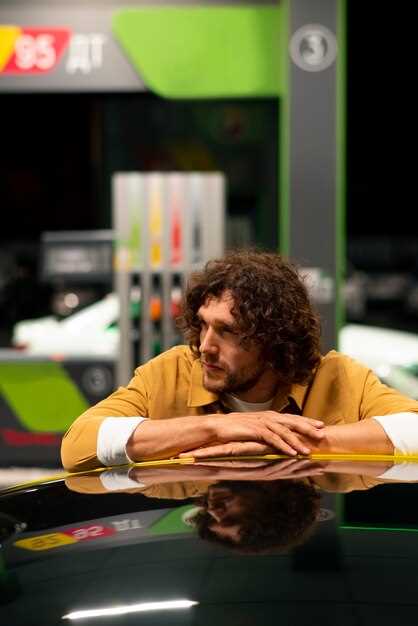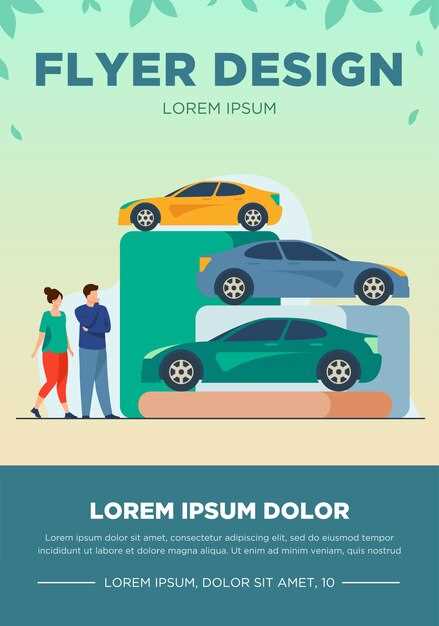
When it comes to the thrilling world of motorsports, the decision to purchase a race car can be daunting, particularly when weighing the options between new and used vehicles. Each choice presents its own unique advantages and drawbacks that can significantly influence both your racing experience and your financial investment.
New race cars often boast cutting-edge technology, enhanced performance capabilities, and warranties that provide peace of mind. However, the higher price tag can be a considerable barrier for many racers. On the other hand, used race cars may offer more budget-friendly alternatives, but may come with hidden maintenance issues and a lack of recent advancements in engineering.
This article aims to delve deep into the pros and cons of both new and used race cars, helping enthusiasts make an informed decision based on their personal preferences, racing goals, and budget constraints. Whether you’re a seasoned racer or a newcomer to the sport, understanding these key factors is essential for making the right choice for your next racing adventure.
Comparing New and Used Race Cars: Pros and Cons
When considering the purchase of a race car, buyers often face the dilemma of choosing between new and used options. Each category has its own advantages and disadvantages that can significantly impact the racing experience.
New race cars offer cutting-edge technology, enhanced performance, and the latest safety features. Owners can customize their vehicles according to specific preferences, ensuring optimal handling and responsiveness on the track. Additionally, purchasing a new car often comes with warranties, providing peace of mind against potential mechanical failures.
However, the primary drawback of a new race car is its high price tag. The initial investment can be substantial, making it less accessible for casual racers or those on a budget. Moreover, as soon as a new car is driven off the lot, it begins to depreciate, which can be a significant economic factor for buyers.
On the other hand, used race cars present a more affordable option for many enthusiasts. Buyers can often find well-maintained vehicles that still deliver impressive performance at a fraction of the cost of new alternatives. This makes it easier for individuals to enter the racing scene without breaking the bank.
However, purchasing a used race car comes with risks. The vehicle’s history and condition can be uncertain, and potential buyers need to exercise caution when assessing previous ownership and maintenance records. Additionally, used cars may lack the latest technology and safety features, which could impact performance and reliability on the race track.
In conclusion, the choice between new and used race cars ultimately depends on individual priorities, budget, and racing aspirations. Each option carries its own set of pros and cons, necessitating careful consideration before making a purchase decision.
Assessing Performance Differences Between New and Used Race Cars

When considering a race car, the performance capabilities are often a decisive factor. New and used race cars present distinct characteristics that can significantly influence performance. Understanding these differences is crucial for racers.
New race cars typically offer the latest technology and engineering advancements. Manufacturers invest heavily in research and development, resulting in improved aerodynamics, powertrains, and braking systems. These enhancements can contribute to faster lap times and better handling on the track. Additionally, new cars often come with warranties and support from manufacturers, ensuring reliability during races.
In contrast, used race cars may possess a long history of performance that can be appealing to buyers. Many used cars have been tested and refined over time, with modifications made by previous owners. This can lead to unique performance characteristics that aren’t found in standard models. Furthermore, experienced racers may find that a used vehicle provides a more intimate and engaged driving experience, as they can adapt the car’s setup based on their personal style.
However, used race cars can have potential downsides, particularly regarding wear and tear. Components such as engines, gears, and suspensions may not perform to their optimal capacity if they are not regularly maintained. Racers need to assess the condition of the car thoroughly, as extensive repairs could diminish any initial cost savings associated with purchasing a used vehicle.
Ultimately, the decision between new and used race cars boils down to individual priorities. Those seeking cutting-edge performance may favor new models, while those looking for a budget-friendly option with a rich history might find used cars more appealing. Each choice carries its own advantages and challenges, making it essential to evaluate performance based on specific racing needs and goals.
Budget Considerations: Cost of Ownership for New vs. Used Race Cars
When considering the purchase of a race car, budget is a crucial aspect that can greatly influence your decision between new and used options. Understanding the costs associated with ownership is essential for any aspiring racer.
Here are the main factors to consider:
- Initial Purchase Price:
- New race cars typically have a higher upfront cost due to the latest technology and features.
- Used race cars are generally more affordable, providing options for budget-conscious racers.
- Depreciation:
- New cars lose value quickly, especially in the first few years.
- Used cars have already faced most depreciation, often providing better resale value in the future.
- Maintenance and Repairs:
- New race cars may come with warranties, covering initial repairs, but maintenance costs can still be high.
- Used race cars might require more frequent repairs, but they often come with lower initial maintenance costs.
- Insurance Costs:
- Insurance for new race cars may be higher due to their value and replacement costs.
- Used race cars generally have lower insurance premiums, making them more financially manageable.
- Customization and Upgrades:
- Investing in a new race car allows for tailored features from the start, but customization can increase overall costs.
- Used race cars can be modified at a lower cost, allowing flexibility to choose upgrades based on performance needs.
In conclusion, both new and used race cars present distinct financial implications. Selecting the right option demands careful evaluation of the total cost of ownership, including purchase price, depreciation, maintenance, insurance, and customization possibilities.
Understanding Maintenance and Upgrades in Pre-Owned Race Cars

When considering the purchase of a pre-owned race car, it is crucial to understand the maintenance history and potential upgrades that may be necessary. Pre-owned race cars often come with a wealth of modifications and enhancements, which can significantly impact performance. However, the necessity for ongoing maintenance and the scope for upgrades should not be overlooked.
First, the maintenance aspect includes regular checks and services performed by previous owners. It is essential to review the service records to gauge how well the car was cared for. Components such as the engine, transmission, brakes, and suspension require meticulous upkeep. A well-maintained pre-owned race car can provide a more reliable performance on the track compared to one that has been neglected.
Investing in upgrades for a used race car can elevate its performance to meet today’s racing standards. Components like exhaust systems, suspension kits, and ECU remapping can significantly enhance power and handling. However, each upgrade should align with racing regulations and personal performance goals to ensure compliance and effectiveness.
Potential buyers should also consider the cost of future maintenance and upgrades. While the initial purchase price of a pre-owned race car may be attractive, ongoing expenses can add up quickly. Evaluating these factors is essential to determine long-term viability and budget planning for any racer looking to compete effectively.
In summary, understanding the maintenance requirements and upgrade opportunities of pre-owned race cars is vital for making an informed purchase. Thorough research and consideration of the car’s history will lead to wiser decisions and potentially more successful racing experiences.












